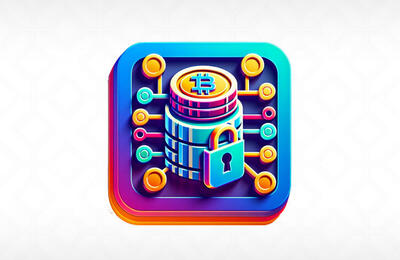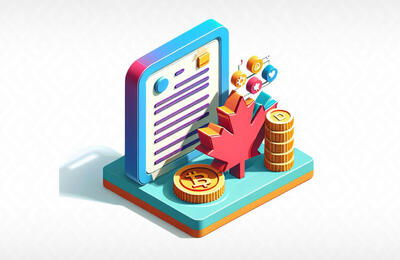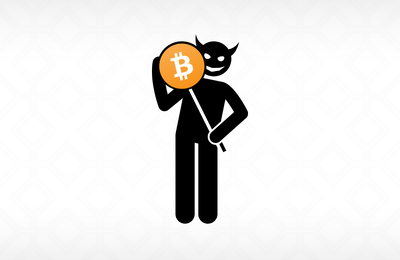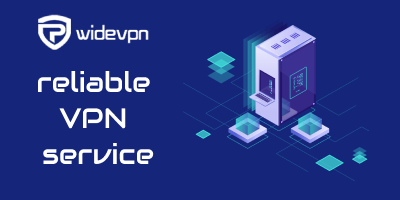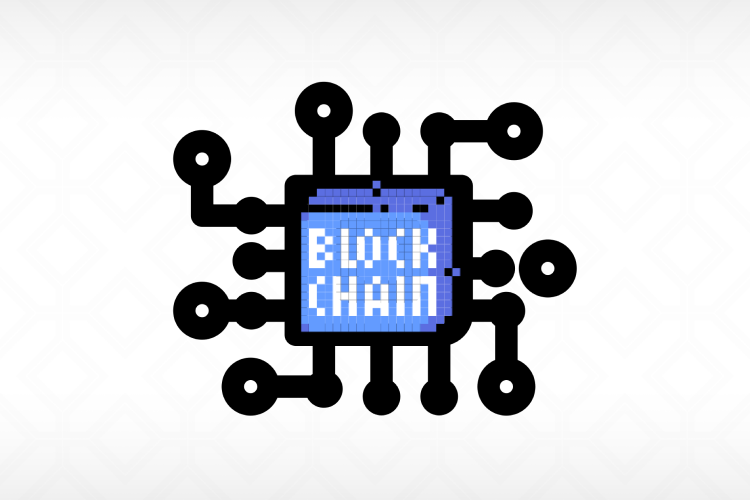
There is a lot of buzz around blockchain technology and its potential to revolutionize the world as we know it. But what is blockchain technology, exactly? And what are its key features? In this article, we will explore the essential concepts of blockchain technology and discuss its potential applications. Stay tuned – it's going to be a fascinating ride!
What Is Blockchain Technology?
In theory, a blockchain is a distributed database that allows transparent and tamper-proof transactions. Its key feature is the decentralized nature – all the data is stored on a network of computers instead of centralized servers, and every transaction must be validated by a consensus of computers in the network. This makes a blockchain challenging to hack in the traditional sense, making it a good candidate solution for online payments.
How Does Blockchain Technology Work?
Let's look at an example: Suppose you want to buy a new laptop from Amazon. To complete the purchase, you need to provide your credit card information to Amazon, which is then stored on the company’s servers, accessible by anyone with the proper permissions. As a result, your credit card information is vulnerable to hacking and other forms of theft.
With blockchain technology, the purchase would be completed differently. First of all, you wouldn’t be giving away your card information. Instead, you would need a wallet filled with cryptocurrency you could use to make a purchase. The wallet has a unique access code only you know, that isn’t stored anywhere other than your brain (a.k.a., a private key) and a public key used for transactions with others.
The information about your transaction is then distributed to all the nodes in the blockchain network for validation. The nodes validate the transaction by solving equations. Once validity is ensured by a majority of the nodes, the transaction becomes part of a timestamped block that is then closed and added to the blockchain, and cannot be tampered with afterward.
Essential Blockchain Technology Concepts
Let’s explore the main ideas behind blockchain technology:
1. Decentralization
Decentralization is the first and the most crucial tenet behind blockchain technology. The blockchain operates on a peer-to-peer (PTP) network, and all its nodes can communicate with each other without a central server.
This makes the blockchain more secure than traditional centralized systems, where data is stored in one place and can be intercepted or hacked by malicious entities. It also allows for faster and more efficient operations, as all nodes have equal access to the data stored on them.
2. Distributed Ledger
This stems from the first concept: A distributed ledger is a database shared by all nodes on the blockchain network. This database contains records of all transactions that have ever taken place on the blockchain, as well as the current state of every account.
This allows a high level of transparency and accountability, as all nodes can see the same information. It also eliminates the need for third-party parties, such as banks or financial institutions, and makes things safer, because every piece of information has to be validated by the majority of network nodes.
3. Smart Contracts
A smart contract is a computer protocol that allows two or more parties to agree on the terms of a transaction without the need for intermediaries. These automated contracts execute themselves when certain conditions are met, such as payment confirmation or product delivery.
Smart contracts ensure a high level of trust between parties, as they don't need to rely on each other's promises – the contract will execute itself automatically according to predefined rules and regulations set by both sides before the transaction takes place.
4. Network Nodes
We've already mentioned nodes, but what exactly are they? A node is a computer connected to the blockchain that participates in its operation by verifying transactions and adding them to new blocks. Nodes are similar to the computers that participate in a torrent network. They work by downloading and verifying chunks of data from other nodes, then uploading them back.
This allows the blockchain to be decentralized, as anyone with a computer and an internet connection can become a node. It also makes the network more resilient to attacks, as it would take a massive coordinated effort by multiple hacker groups to bring down the entire network.
5. Consensus Mechanisms
A consensus mechanism is a process by which the blockchain network agrees on which transactions will be added to new blocks and how much time it should take for them to do so. For example, some blockchains use proof-of-work (PoW) algorithms, such as Bitcoin's SHA256 algorithm, while others use proof-of-stake mechanisms like Cosmos’ Byzantine fault-tolerant (BFT) consensus algorithm.
These consensus mechanisms are essential, because they ensure that the blockchain is secure and tamper-proof, and prevent nodes from investing in incompatible blockchains.
7. Hash Functions
Hash functions are an essential part of blockchain technology, as they allow for the creation of Merkle trees and the verification of transactions. A hash function takes an input value and outputs a fixed-length string unique to each input.
They are vital because they allow miners to verify new blocks without downloading every transaction in them, as well as verifying old ones quickly by comparing hashes instead of data itself.
8. Mining
Mining is the process of creating new blocks adding them to the blockchain. Miners are nodes that use their computing power to solve complex mathematical problems to add a new block to the blockchain.
This ensures that only authorized transactions can be added to the blockchain, as anyone who wants to add a block must prove they can do so by solving these problems. Once the problem is solved, the miner is rewarded with cryptocurrency and keeps track of the transactions they have approved.


